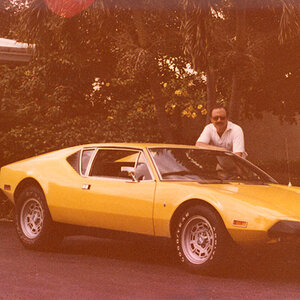FloridaGuy
TPF Noob!
- Joined
- Jun 14, 2012
- Messages
- 9
- Reaction score
- 0
- Location
- Tampa Bay
- Can others edit my Photos
- Photos NOT OK to edit
I take most of my pictures while hiking, riding my bicycle, or traveling. I like a long zoom to get wildlife/waterfall etc. closeups but I don't want to be encumbered with a heavy zoom lens. I took a recent trip to Central California and found my tripod to be lacking because it didn't work well and was too heavy to carry on hikes. When I got home I did research and ended up orderingWhy not a DSLR?
Gitzo GT0541 Series 0 Carbon Fiber 6X 4-Section Tripod
http://www.bhphotovideo.com/c/product/569063-REG/Gitzo_GT0541_GT_0541_Mountaineer_6X_Carbon.html
and
BH-30 LR: Compact ballhead with LR
because it was light weight and compact.
I also wanted better zoom and low light abilities. This lead to me researching a new camera and deciding on the Panasonic FZ150 thinking it would get me much closer to my subjects.
The tripod arrived today and it is defective. One of the legs, the bottom section won't come out. One of the legs, the top section won't go back in, which is going to make exchanging it a hassle since I can't get it back into the original box.
Last edited:



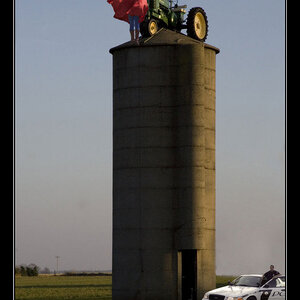
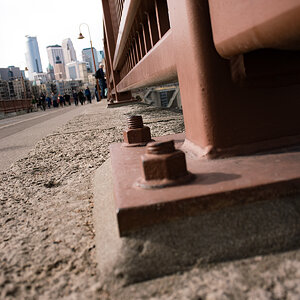
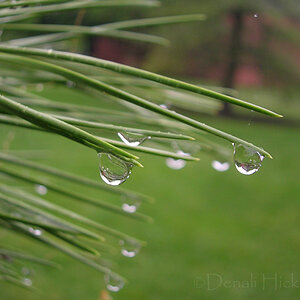
![[No title]](/data/xfmg/thumbnail/42/42466-109a1021e2f0f132abfd74e1a6e39444.jpg?1619740192)
![[No title]](/data/xfmg/thumbnail/40/40288-4d5d7a8aa74ddfceb5fb82062d9b21be.jpg?1619739409)

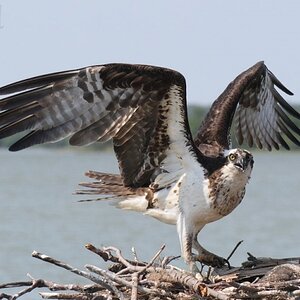
![[No title]](/data/xfmg/thumbnail/40/40287-4f839095000f74d779b90ed75df9dc62.jpg?1619739408)
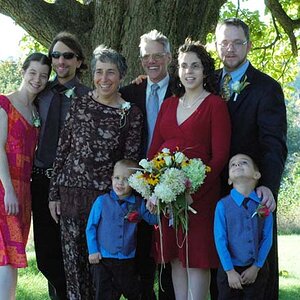
![[No title]](/data/xfmg/thumbnail/41/41783-314fbf7e0c66dfa41b2a2d535aa3a9cd.jpg?1619739891)
![[No title]](/data/xfmg/thumbnail/41/41780-5efe87aed04575de7c09b065d70763ae.jpg?1619739890)
